INGREDIENTS
-

Argan Oil
Found hereArgan trees are acacia plants that grow mainly in Morocco. Argan oil is rich in natural vitamin E and fatty acids (Omega-6 and Omega-9) with nourishing and antioxidant properties.
Morocco's Forrest Forest is a UNESCO World Heritage Site now. -
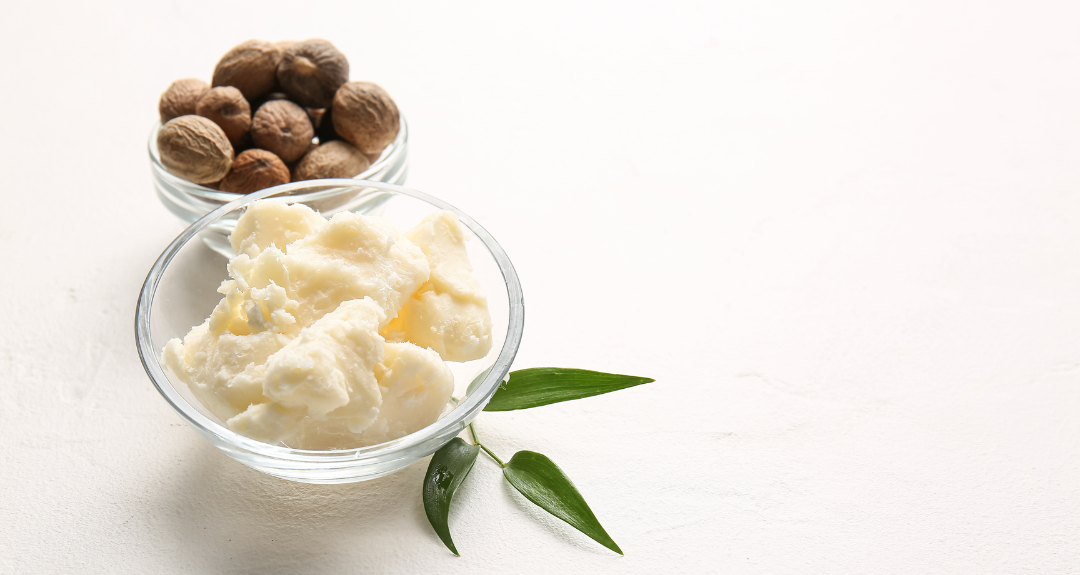
Shea Butter
Found hereShea butter is the ivory or cream-colored fat derived from the African shea (Vitellaria paradoxa) nut. Shea butter is an edible fat rich in vitamins A, D, E and F. It can moisturizes dry skin.
The healing properties of shea butter are so powerful that in the Wolof language of Senegal, the shea tree is called the karate tree, which means "the tree of life."
Promotes healthy hair growth and repairs damaged hair. -

Coconut Oil
Found hereCoconut oil makes hair soft and shiny, promotes hair growth, repairs hair dye damage, and moisturizes dry hair.
Coconut oil contains the most powerful antibacterial ingredients of two foods - capric acid and lauric acid, which act as the skin's natural barrier against harmful bacteria that cause allergies and eczema. Vitamin E in coconut oil ensures normal sebum production for healthier skin. -

Tasmanian Blue Gum
Found hereTasmanian Bule Gum originated in Tasmanian Australia. It is a naive and cuddly koala food. It is rich in antibacterial and natural antiseptic ingredients, which can effectively inhibit acne bacteria. It has a good inhibitory effect on itching, redness, and bacterial growth caused by greasy scalp.
Tasmania was connected to mainland Australia before the end of the Ice Age about 10,000 years ago. At the end of the Ice Age, the water from melting snow covered the junction of the two sides of the strait, forming the Bass Strait. Because Tasmania is not connected to the Australian mainland, it has developed relatively slowly, and thus retains many original features. -
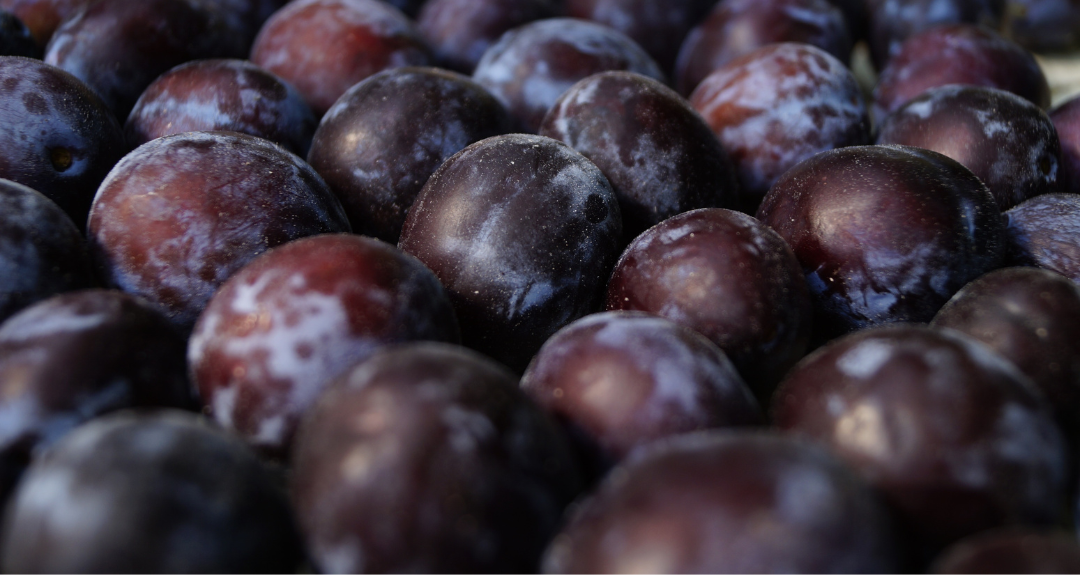
Queen Garnet Plum Extract
Found hereThe Queen Garnet plum has been lovingly cultivated to be ‘the queen of antioxidants’.
It contains ANTHOCYANINSQUER CETIN, RUTIN, FLAVONOID GLYCOSIDES, PHENOLICS, CHLOROGENIC ACID [CGA] and ORGANIC ACIDS. -

Manuka Honey
Found HereManuka honey produced by honey bees (Apis mellifera) feeding on the manuka tree (Leptospermum scoparium) that commonly found in Australia and New Zealand. One of the major antibacterial components of Manuka honey is a compound called methylglyoxal (MGO). The higher the concentration of MGO, the stronger the antibacterial effect. Manuka Honey is known to have the highest levels of polyphenols (micronutrients rich in antioxidants) of all honeys. It is also known to help improve resistance to damage for healthier-looking skin over time.
-

Panthenol
Found HerePanthenol, the biologically active alcohol analogue of pantothenic acid is a pro-vitamin of the B-complex group that is a normal constituent of skin and hair. When applied topically, panthenol is converted to pantothenic acid, a component of coenzyme A and holo-fatty acid synthase that is essential to normal epithelial function. The moisturizing effects of panthenol can be attributed mainly to the protection of skin barrier function, and thus it may be used in cosmetic products to maintain physiological skin conditions and to prevent dry skin alterations, since loss of water may adversely impact skin appearance and lead to skin disorders.
-

Aloe Vera Extract
Found HereAloe vera contains carbohydrate polymers (glucomannans), mucilage, fructose, acids (uronic acid, tannic acid), vitamins (A, C, E, D, B1, B2, B3), amino acids, and triterpenoids
(lupeol, campesterol, cholesterol, β-sitosterol) that exert protective effect. This study showed that the A. vera cream improves skin barrier function, increases the skin’s moisture content, and enhances skin firmness and elasticity
-

Witch Hazel Extract
Found HereHamamelis virginiana L. (or witch hazel) is a deciduous tree native to the Atlantic coast of North America, widely included in skin care products. According to the EMA Committee on Herbal Medicinal Products (HMPC), hamamelis bark contains a higher percentage of tannins than leaves (8–12% vs. 3–10%) and a higher content of hamamelitannin (HT, 1–7%), the main characteristic constituent of witch hazel. Hamamelis virginiana L. twig and bark extract has the potential anti-inflammatory mechanisms in the context of acne infection
-
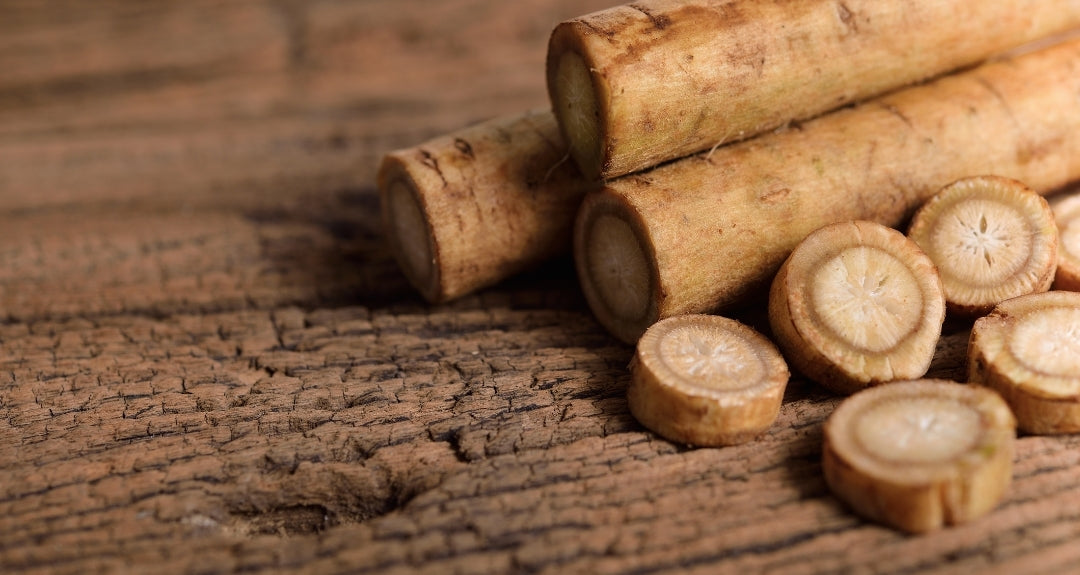
Burdock Root Extract
Found HereBurdock root is a vegetable native to Northern Asia and Europe. Burdock root has been shown to contain multiple types of powerful antioxidants, including quercetin, luteolin, and phenolic acids. Studies have shown that burdock root is able to inhibit the growth of the acne causing P. acnes bacteria which is found naturally in sebum. Also, burdock is rich with essential fatty acids, which contribute in regenerative processes in the skin. Burdock root is also able to regulate the function of the sebaceous glands, which are responsible for sebum production; the natural oil which builds inside clogged pores to create acne blemishes
-

Jojoba Oil
Found HereJojoba (Simmondsia chinensis) is a long-lived, drought resistant, perennial plant. Jojoba oil exhibits a high oxidative stability and resistance to degradation. Jojoba oil is widely used in cosmetic formulas such as sunscreens and moisturizers. Jojoba oil also has a proven anti-inflammatory effect, with potential uses in a variety of skin conditions including skin infections and skin aging
-

Geranium Oil
Found HereP. graveolens (geranium) is native to southern Africa and is widely cultivated in several countries, mainly in Russia, Egypt, Algeria, Morocco, Congo, Japan, and some continents such as Central America and Europe. P. graveolens extracts was reported to possess a wide range of biological and pharmacological properties such as antioxidant, antibacterial, anti-inflammatory, and dermatoprotective effects. These activities could be related to the presence of some bioactive compounds of P. graveolens essential oils (PGEOs), including citronellol, geraniol, and linalool as major compounds
-

Lavender Oil
Found HereLavandula angustifolia is widely distributed in the Mediterranean region and is cultivated in Italy, France, and Spain, and is often used for extracting its essential oil. This oil is often used for skin and beauty problems, especially against Acne vulgaris. The main active compounds of this oil are monoterpenes (linalool, linalyl acetate, lavandulol, geraniol, bornyl acetate, borneol, terpineol, and eucalyptol or lavandulyl acetate), which
have different antibacterial, antifungal, and anti-inflammatory activities, depending on their chemical composition
-

Tea Tree Oil
Found HereTea tree oil is an essential oil obtained by steam distillation of the native Australian plant
Melaleuca alternifolia. The content of tea
tree oil is a mixture of components such as
monoterpenes, sesquiterpenes and alcohol that contribute to various activities (antibacterial, anti-inflammatory, and antioxidant)
-

Olive Oil
Found HereOlive oil comes from the fruits of Olea europaea trees. It consists mainly of oleic acid, with smaller quantities of other fatty acids such as linoleic acid and palmitic acid. More than 200 different chemical compounds have been detected in olive oil, including sterols, carotenoids, triterpenic alcohols, and phenolic compounds. Hydrophilic phenols are the most abundant antioxidants of olive oil. The phenolic contents have antioxidant properties higher than those of vitamin E. Unsurprisingly, olive oil has been used as a skin product and hair cosmetic for a long time in several cultures
-

Vitamin A Palmitate
Found Herevitamin A palmitate is a derivative of vitamin A, which is easily absorbed by the skin and
converted into retinol. The main function of vitamin A palmitate is to accelerate skin metabolism, promote cell proliferation, and
stimulate collagen production, which also has
a certain effect on the treatment of acne. At
present, because it has been proven to have a strong antioxidant effect of clearing free radicals, this ingredient was used as the preferred ingredient of antioxidant and anti-aging by skin care products or cosmetics
-

Vitamin E Acetate
Found HereVitamin E Acetate is the stable form of vitamin E. Vitamin E is synthesized by plants and must
be obtained through dietary sources. Richest
sources are nuts, spinach, whole grains, olive
oil, and sunflower oil. Vitamin E is an important fat‑soluble antioxidant. It protects the skin from various deleterious effects
due to solar radiation by acting as a free‑radical scavenger. Experimental studies suggest that vitamin E has photoprotective properties.
-

Hydroxyethyl Urea
Found HereHydroxyethyl urea has a moisturizing effect that provides excellent moisturization, increases skin elasticity. Hydroxyethyl urea has been used as a skin product and hair cosmetic.
-

Portulaca Extract
Found HerePortulaca oleracea L. (purslane) is widely distributed in tropical and subtropical areas in the world. Purslane
extract showed significant antioxidative and anti-inflammatory effects against UV-induced skin damage.
-

Ginseng Extract
Found HerePanax ginseng (red ginseng) extract has been reported of various effects, including antioxidant activities. Accumulating evidence suggests that the major pharmacologically
active ingredients are ginsenosides. Several studies support the hypothesis that ginseng and its ginsenosides may promote hair growth.
-

Papaya Extract
Found HereCarica papaya (papaya) is cultivated in countries, such as Malaysia, Brazil, South America, Australia, and Indonesia, which are located near to the equator. The Carica papaya L. plant is known as many different names, such as kepaya, paw paw, or tapaya, based on its geographical distribution. The antioxidant properties of the Carica papaya plant might be attributed to the various chemical constituents that the plant contains, including caffeic acid, myricetin, quercetin, rutin, α-tocopherol, papain, BiTC, kaempferol steroids, alkaloids, and saponins. Carica papaya extract exerted antimicrobial properties that aided in wound recovery.
-
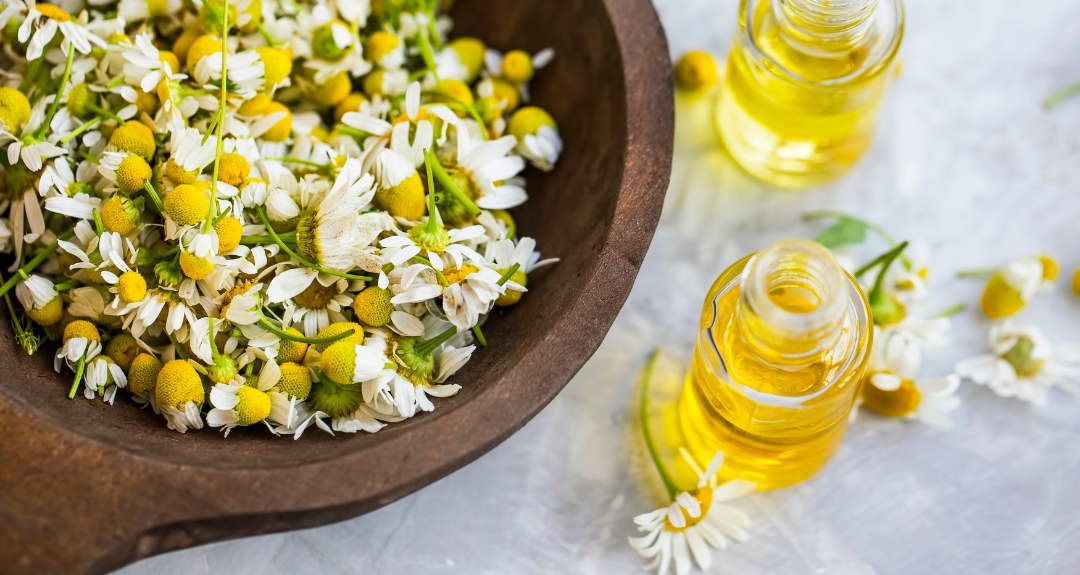
Bisabolol
Found HereBisabolol, also called α-bisabolol or levomenol, is a soothing anti-inflammatory skincare ingredient. This terpene comes from various plants such as chamomile, cannabis and the candeia tree. α-Bisabolol has been used as a skin conditioning agent where it is integrated in many cosmetic formulations due to its skin soothing effects.
-

Goat Milk Extract
Found HereThe content of the goat milk, such as fat, protein, minerals and vitamins, are helpful for skin health. One of the ingredients of goat’s milk is a natural beta hydroxy acid which has an antiaging effect, promotes skin brightness and smoothness, and is not scaly. The proteins in goat milk are nutrients that moisturise and coat the surface of the skin, making it smoother and more supple.
-

Hyaluronic Acid
Found HereIn humans, hyaluronic acid is most abundant in the skin, accounting for 50% of the total body hyaluronic acid. Hyaluronic acid is present in many cosmetic formulations and some literature highlights its benefits when used topically in dermatological practice. Results from several trials generally support that HA‐based cosmeceuticals are effective solution for improving skin hydration, rejuvenation, and healing.
-

Magnolia Extract
Found HereMagnolia sieboldii extract is obtained from the flower of Magnolia sieboldii. A number of biologically active substances such as magnolol and honokiol, are isolated from plants of the Magnoliaceae family. Magnolia sieboldii extract has excellent skin-whitening effect. It is also reported that this extract has anti-inflammatory effect.
-
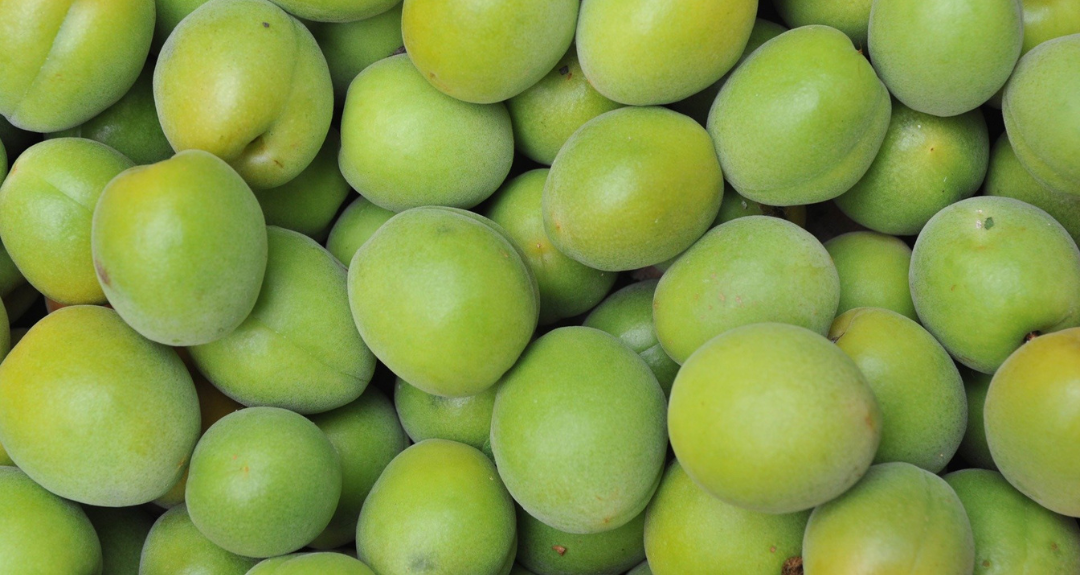
Kakadu Plum Extract
Found HereKakadu plum (Terminalia ferdinandiana), endemic to Australia, is growing in popularity due to its high levels of vitamin C and strong antioxidant properties. Kakadu plum fruits were found to contain very high levels of polyphenolic compounds, mainly ellagic acid (EA) and gallic acid. Ellagic acid has been reported to have anti-inflammatory and anti-aging properties. The antibacterial activity of the Kakadu plum has also long been experimentally proven.
-

Allantoin
Found HereAllantoin is a natural identical molecule that was the first found in the comfrey plant. Recently, Allantoin is usually chemical synthesized. Aside from their moisturizing attributes, these products commonly incorporate allantoin, the versatility of allantoin is evident in its extensive utilization across various beauty care applications, encompassing skincare, hygiene products, as well as sun and hair products
-

Beta-glucan
Found HereBeta-Glucans, are naturally present in cereals, yeast, and mushrooms. Beta-glucans possess specific properties that could benefit overall skin health and prevent age-related signs, including soothing and antioxidant activities. Based on some research, the observed effects of beta-glucan on tissue restructuring and wrinkle reduction are most likely effects mediated by fibroblast stimulation and collagen deposition in the dermis.
-

Lilium candidum Extract
Found HereLilium candidum, commonly known as Madonna lily is a symbol of purity and Inocence. This species of lily grows freely in Asia Minor and the Mediterranean, but in almost all countries of the world it is cultivated artificially for its modesty and beautiful flower. Many studies have shown that Lilium is rich in amino acids; polysaccharides; and bioactive components such as phenolics, flavonoids, and saponins, which are important sources of natural products. These compounds have proven to exert numerous health benefits, such as anti-inflammatory, ultraviolet (UV) absorption, free radical scavenging, wrinkling, and other skin care effects
-

Saussurea involucrata Extract
Found HereS. involucrata is mainly distributed in China. The bioactive components found in S. involucrata, including flavones, phenylpropanoids, polysaccharides, lignans, and sesquiterpenoids, were linked to some bioactivities, including antioxidant, anti-UV, and anti-aging. It has been reported that the polysaccharides extracted from S. involucrata have strong anti-melanogenic properties and may have applications as a natural functional ingredient for skin-whitening in the cosmetics industry.
-

Yeast Ferment Extract
Found HereYeast are microorganisms classified, along with mushrooms and molds, under fungus. Yeast ferment extract was found to help protect the skin from environmental damage and maintain proper hydration by contributing to skin barrier function. In another study, it was also found to increase skin barrier proteins, which may especially be beneficial for certain skin conditions such as eczema that display a decrease in these proteins. Researchers also observed anti-inflammatory effects and protection of skin from damage by another fermented yeast product.
-
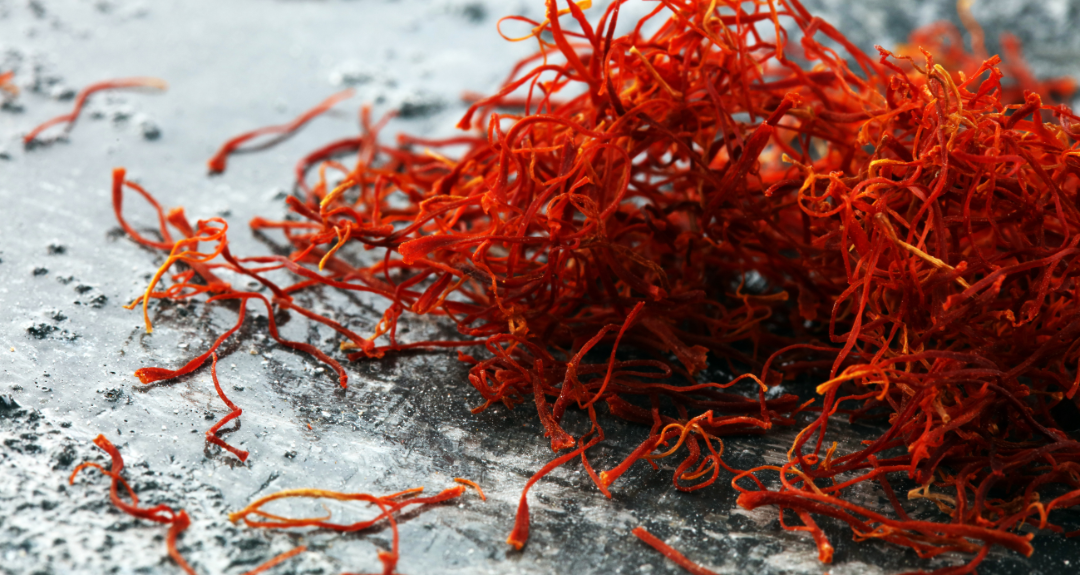
Crocus sativus Extract
Found HereSaffron is the dried stigma of Crocus sativus L, a perennial stemless herb that grows in Iran, India and several places in the Mediterranean region. Saffron is a well-known traditional spice and is of great significance in the textile and cosmetics industries as a dye. The bioactive substances crocin and safranal have demonstrated potent antioxidant capacity. Crocin and crocetin are also reported to have anti-inflammatory properties.
-

Acetylhexapeptide-8
Found HereAcetyl hexapeptide-8 is a hydrophilic peptide incorporated in cosmetics to reduce the under-eye wrinkles and the forehead furrows. Acetyl hexapeptide-8 (AH-8) is a topically applied hexapeptide that has a mechanism of action similar to botulinum neurotoxin (BoNT). It has been used effectively in anti-aging cosmetic applications
-

Chondrus crispus Extract
Found HereChondrus Crispus Extract (or red algae) is one of the most beneficial ingredients used in the personal care and cosmetic industry. It is primarily used for hydration and moisturization of the skin, and in turn, it also fights the visible signs of aging. This ingredient is rich in minerals, vitamins, and antioxidants that help the skin get healthier and more nourished. Chondrus Crispus Extract can commonly be found in products like moisturizers, serums, and masks. It is also known as Irish moss extract
-

Betaine
Found HereBetaine is a short-chain, neutral, amino acid derivative. It has been reported that Betaine has some benefits to the skin, such as hydrating, soothing (anti-irritant and anti-inflammatory), and anti-aging effects.



































